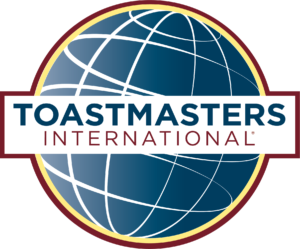
TOASTMASTERS: where leaders are made
Many years ago, I used to feel uncomfortable when I was asked to speak in situations where I hadn’t prepared. When I was at university someone suggested I join Toastmasters to help improve my impromptu speaking. Since then I have never looked back.
Toastmasters gets its name from a toast you would give at a meal to honour or celebrate something or someone, but the organisation is so much more than that. It works on the basis of peer evaluation. Every time you speak in a meeting, either in a prepared speech or in an impromptu speech, you will get feedback from another Toastmaster. In most clubs there is a range of experience levels from people quite nervous about speaking in public to professional speakers.
Every Toastmaster begins his speaking journey by working through the Competent Communication manual. It covers all the basics of presentation skills such as body language, voice and using visual aids. You work through 10 projects, each one dedicated to a specific speaking skill. After you finish this manual, then you can work on more specialised skills in advanced manuals. These range from Speaking to Inform to Humourously Speaking to Speaking on Video.
You can also learn a lot from participating in speech contests, giving feedback to other members and participating in organised training sessions outside of the club meetings.
I highly recommend the organisation no matter what level your speaking skills are at. It is also a great place to meet new people and develop leadership and organisational skills. As Toastmasters is a non-profit organisation, the organisation of the club meetings and events is done by volunteer members, especially those who are serving on the club committee.
There are clubs all over the world. Toastmasters is present in 126 countries! Have a look here to find one that is close to you.
